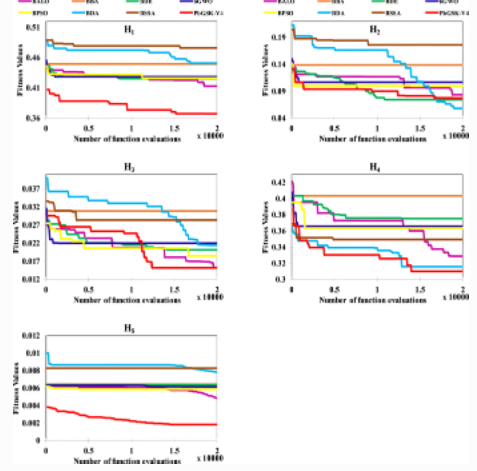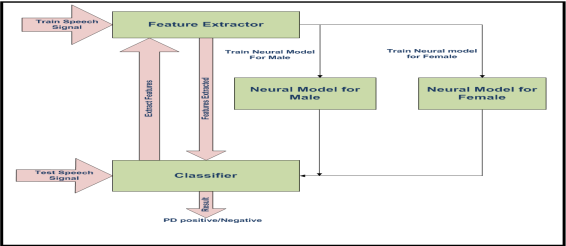Resource Allocation and Interference Management Techniques for OFDM-Based VLC Atto-Cells
In this paper, a resource partitioning scheme combined with a new multi-carrier optical modulation technique for indoor visible light communication (VLC) system is proposed. In VLC systems, the coverage area is divided into multiple atto-cells. In each atto-cell, multiple LED arrays are used as access points (APs) serving the assigned users. The coverage area of APs might be overlapped to avoid service discontinuity for mobile users. The overlapped coverage zones result in co-channel interference (CCI). We develop a shared frequency reuse (SFR) technique combined with two resource allocation algorithms to minimize interference and maximize the system throughput. This technique divides the overall bandwidth into two parts: the shared and reused bands. The shared band serves the users in the interference area while the reused band serves users in the non-interfering area. Furthermore, we propose a new multi-carrier optical modulation technique called odd clipped optical-OFDM (OCO-OFDM). This technique applies the odd symmetry on the frequency-domain OFDM to enhance the spectral efficiency compared to the asymmetrical clipped optical OFDM (ACO-OFDM) which is currently used. Then we study and evaluate the system performance in terms of the signal-to-interference and noise ratio (SINR), total throughput, and the outage probability. The proposed system achieved total throughput of up to 800 Mbps with 40 dB SINR at the cell edge. Furthermore, the outage probability can be optimized to its minimum value when the receiver field-of-view (FOV) is taken by 40° when the minimum SINR is 10 dB. © 2013 IEEE.



